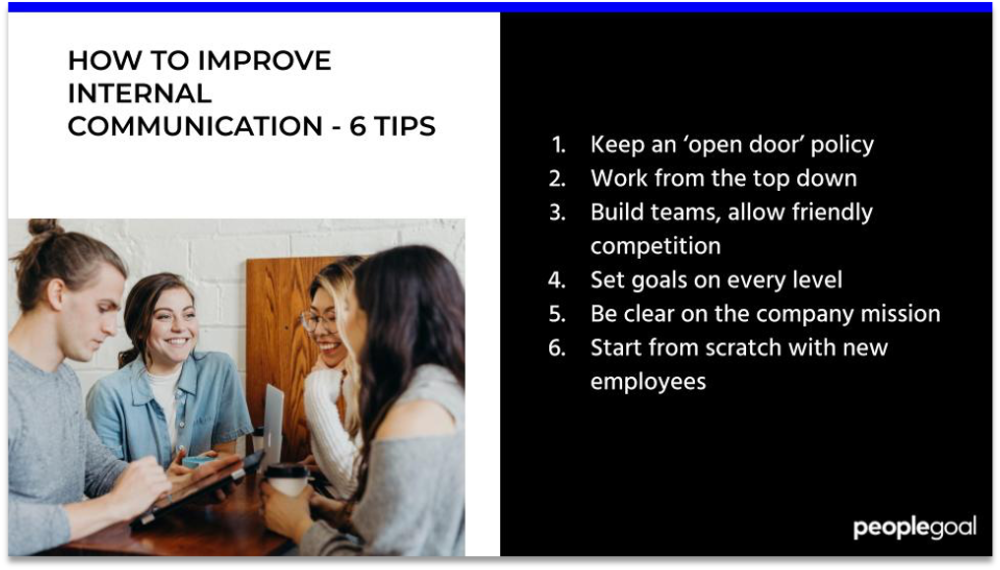Employee engagement is extremely important in producing high-performing team members and decreasing employee turnover. In previous blogs, we have discussed the importance of highly engaged employees. When employees feel engaged at work they are generally more productive. A Gallup poll suggested that engaged employees can be up to 22% more productive!
What is Employee Engagement
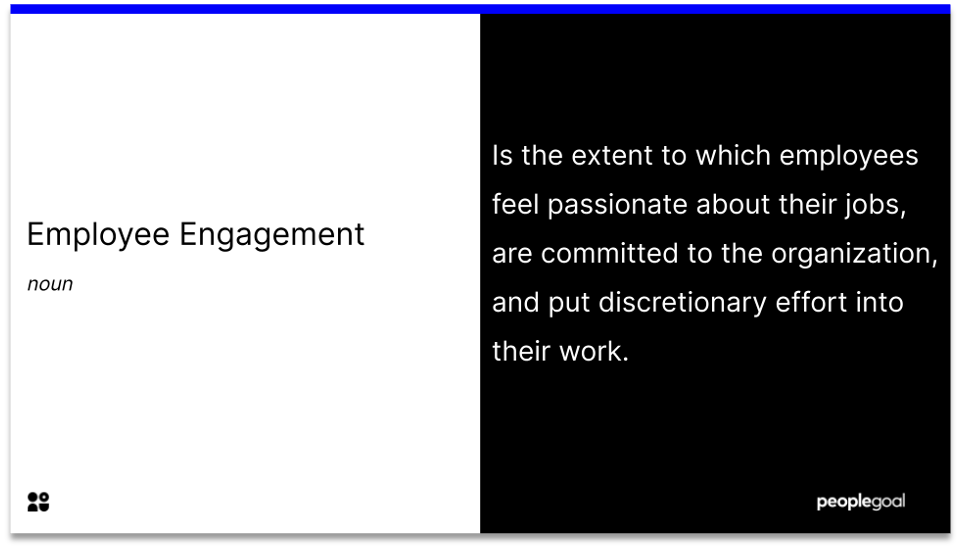
Overall it is any discretionary effort that an organization uses to increase employee engagement. These action plans, usually developed by the HR professionals within the company, focus on engagement drivers and employee engagement strategies. They also tend to use employee feedback to measure employee engagement levels and the success of their employee engagement ideas.
Even though most organizations know about the benefits of engagement and have employed their own employee engagement strategies. There are a number of classic mistakes which employers still fail to avoid. This blog identifies the common mistakes to help you avoid them and in turn improve your engagement strategy.
Have a look over out engagement workspace, to see how our flexiable apps can be customizable to suit your engagement workflow.
The 7 Classic mistakes of Employee Engagement
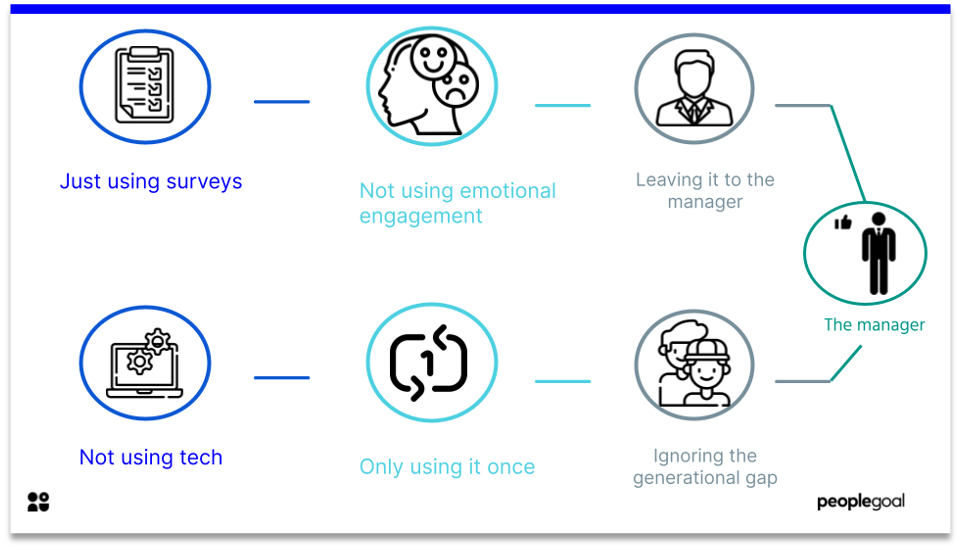
Assuming a satisfactory result in the engagement survey is good enough
Employers often make the error of assuming that good or even satisfactory results in the employee engagement survey imply development in engagement. A survey will show you areas where to focus development not produce it organically. Surveys, therefore, while a good tool to track engagement does nothing to promote a positive employee experience and improve employee engagement.
The use of the data from these results is crucial for the betterment of each employee’s experience of working in an organization. Only by building on what is learnt through surveys can you expect to see an increase in engagement. Therefore, producing more productive and satisfied employees.
Not appealing to emotionally driven engagement
This mistake may be hard to discover at first. There is often a gap between engagement in managers and employees; with management being highly engaged compared to employees in given situations. With a rollout of new or updated values, missions, and culture, managers and supervisors become super excited but this often does not transition to employees.
This is because employees are not actively involved in the discussion concerning company values. Resultantly, employees are not emotionally connected to them and react passively towards this regeneration of values. This leads to business outcomes not being as successful as you may estimate.
Given the strong relationship between emotions and active engagement, it is suggested that this could be a positive driver of employee engagement. This increases the likelihood of an emotionally driven engagement strategy and the increases chances that values, mission, and other correlates. You want to develop engagement at a deeper emotional level, which should also improve employee retention.
Leaving it to the managers
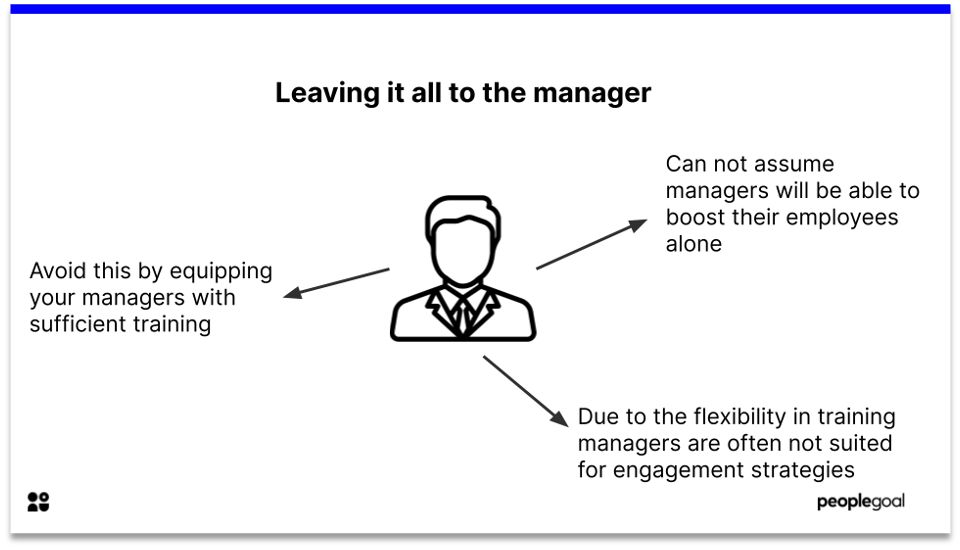
It is assumed that managers should know their employees better than anyone else at the company. While it is good to trust managers to do their job. Mistakes often occur in assuming that managers will be able to engage their employees alone and boost engagement by themselves.
This can result in a cascade of costly errors. Offering total flexibility means that organizations can get away with not providing aid, training, strategies, or guidance to the manager. Managers often are not prepared for this and will not know how to go about it. The results can be particularly damaging to engagement.
Make sure to properly equip your managers with the necessary tools to help motivate and engage. It is important to understand that managers are producers of engagement they are facilitators of the implemented strategies!
Use our know your team survey to allow you to build relationships with your whole team.
The Manager!
You have to be careful to make sure your manager isn’t exhibiting traits that can hinder engagement. Favoritism, micromanagement, and distractedness all have this potential. Favoritism leads to underappreciation of given employees and subsequently, emotional disengagement and a drop in motivation.
Micromanagement indicates to employees that their work isn’t too a desired level and isn’t trustworthy. Micromanagement has been outlined as one of the key characteristics for managers to avoid. Employees may switch off and completely disengage if faced with continuous micromanagement. Distracted managers pose the opposite problem!
A manager being too engrained in their own work and responsibilities neglects the relationship they have with an employee. Consequently, the employee may lose sight of their own individual goals and their role in contributing to the company goals.
It is also important to make sure to take care of managers. If your employees seem disengaged, then it may be a result of your manager suffering from burnout. A study by Harvard Business Review found that leaders who work in a sustainable manner have employees who are more engaged compared to managers who don’t. Accordingly, managers who avoid vacation days, workplace perks, or send emails over the weekend tend to have employees who feel pressured to follow this work ethic.
Ignoring the generational gap
“Generational gaps do exist. The results reveal that employee engagement differences are likely to exist across generations” – Jay Gilbert
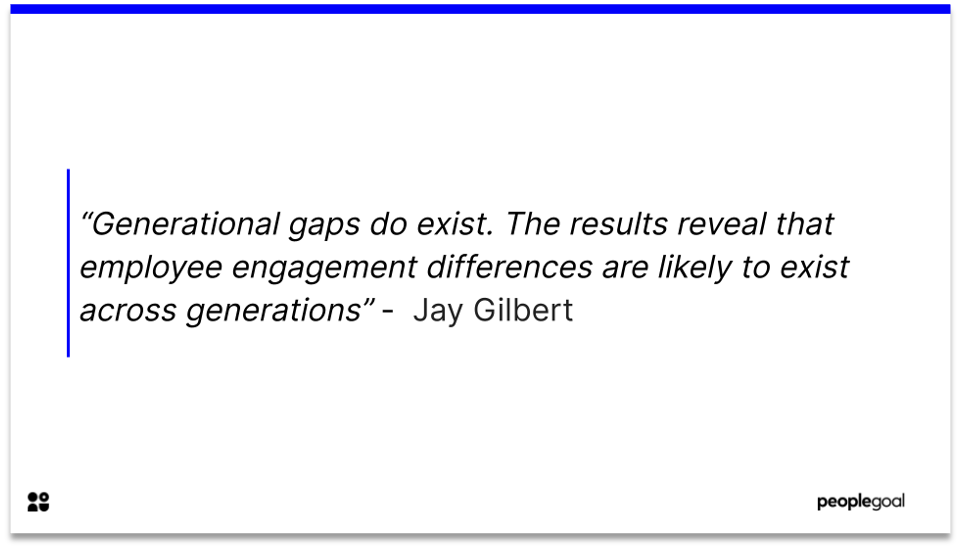
Even though millennials are becoming an increasingly large proportion of the workforce, it is important to recognise the differences between generational workforces. Consequently, it is important to tailor your engagement according to generational expectations and characteristics.
The one off employee engagement event idea
Having fun at work is undeniably beneficial and a sign of a healthy team. Although fun and engagement overlap, they are not the same thing! Companies devise fun engagement events, but this does not transfer to an increase in engagement, and assuming that it will is dangerous. There should be an overarching theme or reason behind these engagement events which tie into the superordinate engagement of your company.
Don’t be afraid of tech!
Historically, engagement has been mainly face-to-face and this should continue indefinitely! But it is important to recognize the range of benefits that technology can bring to engagement. Tech solutions help provide you with a method of monitoring and addressing employee engagement in a non-invasive, constructive manner.
Additionally, in the wake of more teams having to work remotely due to COVID-19. There is a more apparent need for the implementation of better and more reliable tech. As teams are working separated from each other, the use of tech enables employees to prevent becoming isolated and consequently disengaged.
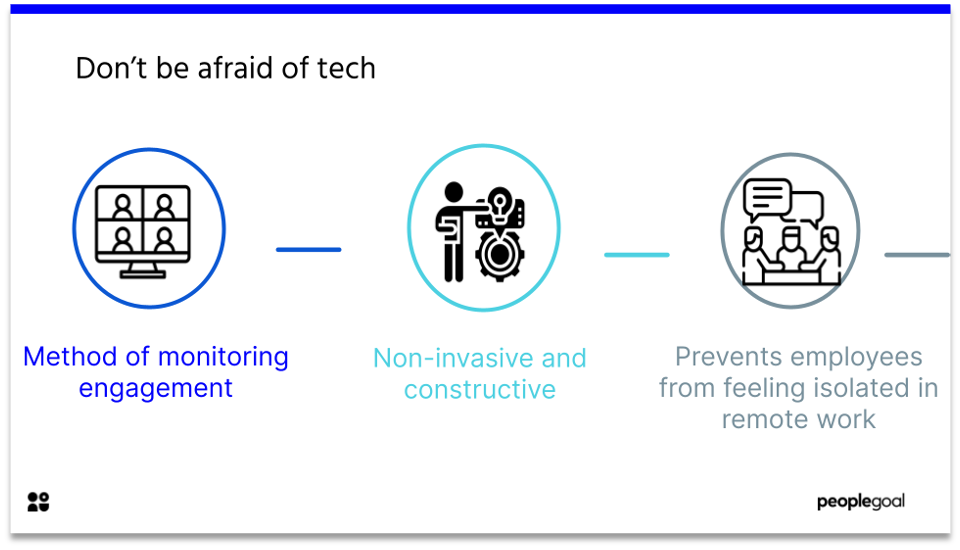
Employee Engagement: Succeed through your employees
Employee engagement is often misused or missed all together. It carries a multitude of benefits that would improve and boost any business being a SME or a large enterprise. Hopefully, these common mistakes can direct you into a more efficient way to improve engamenet in your company today!
Want to read more? Check out our other blogs! Want to read more in this area? We recommend: – Driving Employee Engagement using Recognition Badges – The Employee Engagement Survey: A Guide
Ready to 3x Your Teams' Performance?
Use the best performance management software to align goals, track progress, and boost employee engagement.


